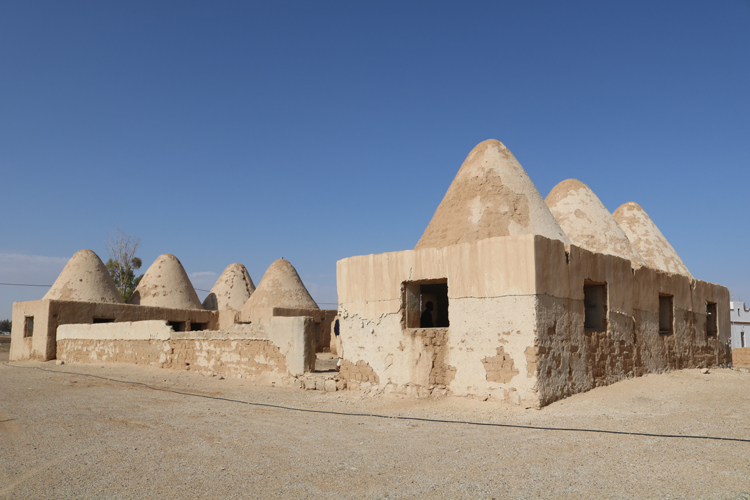This website uses cookies so that we can provide you with the best user experience possible. Cookie information is stored in your browser and performs functions such as recognising you when you return to our website and helping our team to understand which sections of the website you find most interesting and useful. More information in our Privacy Policy
BILATERAL AGREEMENT ITALY-JORDAN
Earthen buildings: study, characterization, recovery
and innovation in materials and historical construction techniques
Principal Investigator: Sabrina Gualtieri
Involved personnel: Michele Macchiarola, Sonia Conte, Francesca d’Aniello
Starting date 08/01/2018
Duration: 24 months
Total funding: 20,000 €
Call: Bilateral Agreement CNR/HCST-NCRD
The project is oriented to the develop technologies able to reduce and/or limit the damage of the artworks deriving from the interaction with environment. Great attention has to be put in the use of compatible materials, in the duration of the intervention and in the easiness of application. This project has as target the use of compatible materials and the recovery of ancient/historical building techniques to preserve an local intangible cultural heritage.
Mud is one of the most ancient materials used in architecture of ancient societies of Middle East, Egypt and Mesopotamia. Earthen architecture is present on all continents. 15% of the architectural works inscribed on the UNESCO World Heritage list are built in raw earth.
The most diffused techniques for earthen buildings are the Pisè technique, already described by Plinio that says: pressing the soil inside formworks in order to obtain very resistant masonry, and the Adobe technique, that consists in overlapping mudbricks formed in molds using mud and straw, left to dry in the sun. IN both cases, the materials are subjected to the damage deriving both type of the mud used and the weathering agents.
Our activity is devoted to the optimization of new mix-design containing metakaolin, alkalis, and other organic natural additives such as juice of succulent or straw. These solutions permit to reduce the plasticity of the mud, to increase the workability and to favor the flocculation.
The objectives of the project (technological priorities: materials, surface treatments and finishing layers) are:
(i) to rejuvenate the ancient building techniques by using new equipment useful in so severe environment (such as desert) ;
(ii) to favor the use of local raw materials in order to create a zero-mile value chain;
(iii) to favor new suitable building from an economic, energetic and environmental point of view characterized by better properties vs cement.
The new products can be used to recovery the historical buildings, and to build houses for refugees.

Mud buildings in Al Jafar site (SW Jordan’s region).
